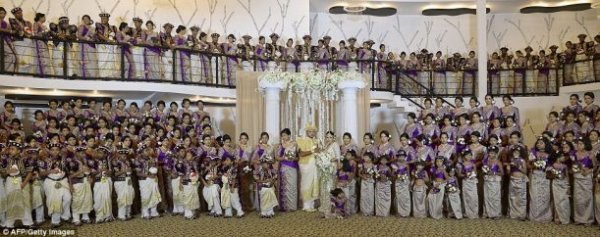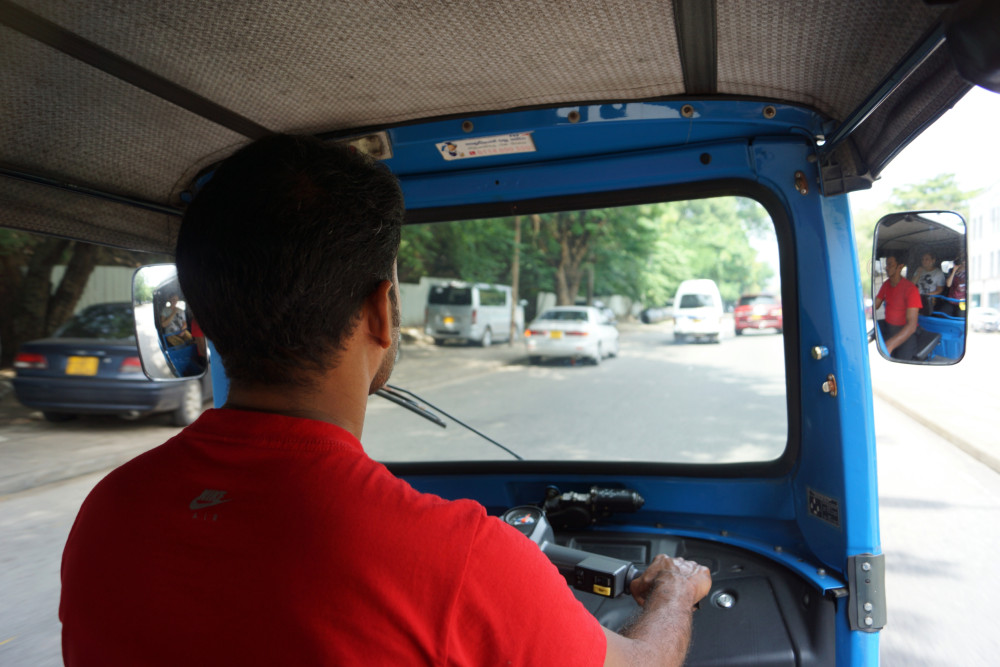
Tourism is one of Sri Lanka’s fastest growing industries, and its upward trajectory seems set to only continue in the future. This rapid advancement seemed promising, with many predicting that it would significantly improve the country’s economy. However, when looking retrospectively at the economic benefits the industry has brought to the local economy, many researchers are finding that this is not completely true.
According to professionals in the industry, the profits of tourism have contributed significantly towards government budgets and foreign exchange earnings, but this has not trickled down into Sri Lanka’s rural economy.
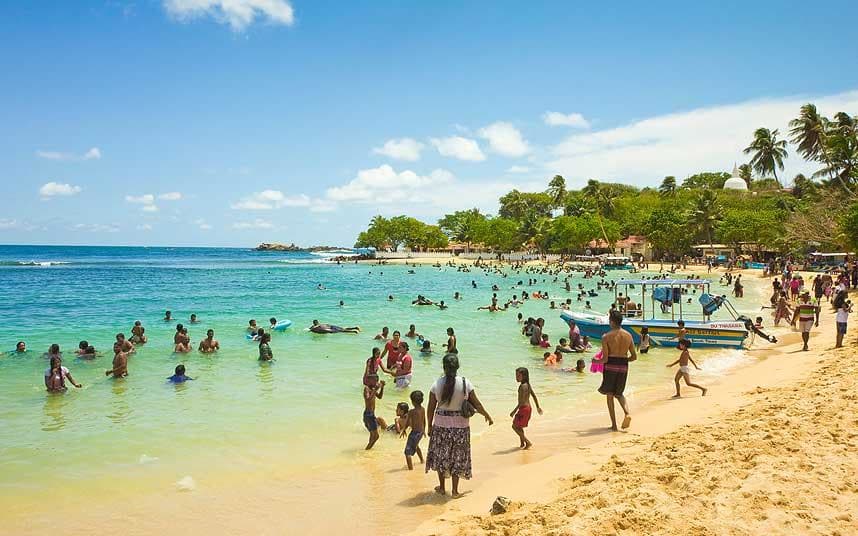
Professor Mohamed Aslam, an advocate for tourism management at the Department of Tourism in Sabaragamuwa states that people’s livelihoods had to change drastically in order to cater to the tourist market.
“Our traditional sectors, such as rural agriculture, were disbanded and people were expected to turn to tourism as their main source of income,” he said. “Unfortunately that became highly seasonal and unstable, which resulted in people losing their traditional sources of livelihoods to a highly unstable tourist market.”
Professor Siri Hettige, a sociologist at Colombo University, echoes these sentiments. He states that although there was potential for local economic growth in the tourism industry, what ended up happening was the majority of the those gains got pushed overseas. He labels this type of tourism as “mass tourism” as it is the most commercial form of tourism in Sri Lanka.
“Mass tourism, in practice, doesn’t rely on the local means of production as much as we thought it would, and instead turns to imports. This is partly because Sri Lanka’s economy as a whole began relying heavily on imports, and that trickled down to many smaller industries, like the tourism industry,” he said.
Recognising these issues posed by mass tourism, many people in the tourism sector are looking at alternate ways to engage in the industry. Specifically, models of practising tourism that provide tangible benefits to rural economies.
This has resulted in “sustainable tourism” being prioritised as a viable alternative to mass tourism. The idea behind this model is to practice tourism in a way that directly benefits rural communities and also preserves the local environment. One of the initiatives under this model that has been growing in popularity is community-based tourism. This centres on the involvement of local communities in planning and maintaining the local tourism industry.
Homestays: A Promising Alternative
Two models of community based tourism that have been gaining ground in Sri Lanka are ‘homestays’ and ‘village-life experiences’. The idea behind these services is to provide immersive and authentic experiences for tourists. This could include staying with a family in rural Sri Lanka, eating home-cooked food, and engaging with the hosts and the local environment. Some companies that are pushing forward this tourism model in Sri Lanka are Travel Life Experiences and Ecowave Travels.
Professor Aslam argues that these homestays could be a great way to counteract issues the rural economy has faced in the advent of the mass tourism industry.
“One of the main objectives of this tourism model is to create work opportunities in the villages itself, without pushing people to shift to a metropolitan area. The other is that it could be a great way to alleviate poverty and improve the livelihoods of local communities.”
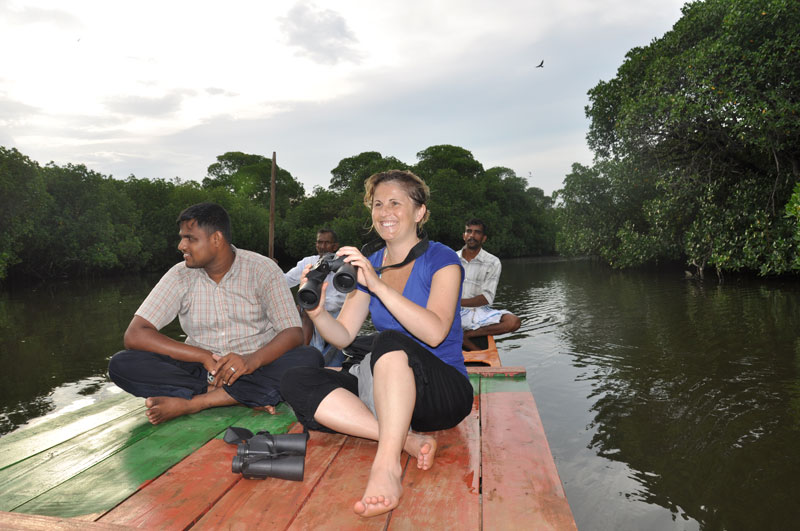
Although conceptually this sounds like a promising alternative, in many cases of homestay services in Sri Lanka, there are discrepancies between the intentions of the initiatives and how they are carried out.
“[These initiatives] cannot be carried out for a profit by companies in order for it to successfully meet their goals,” says Aslam. “They should be initiated and developed by the communities themselves, and 100% of the proceeds need to go directly the community.”
In order for these projects to truly help the growth of rural economies, they need to be funded and facilitated by the government or an NGO, not private companies.
Meanwhile, Chaly Pushpakumar Wijesinghe, a fisherman from Panama, a village off the coast of Arugam Bay, tells us that the success of community tourism is heavily dependent on the types of tourists that visit.
“In some cases, you get people who come just for the experience of being in the village,” he noted. “…But in other cases there are people who come to party, and they are often loud and leave behind trash.”
In cases such as this, it seems that regulating and controlling the tourist base is important, in order to ensure that communities benefit from their presence. Ideally, this decision to regulate tourists should also come directly from the communities themselves.
When Poverty Is The Product
Although the idea of community-led initiatives that capitalise on tourism is a promising one, there are concerns about how these initiatives tend to use poverty as the attraction itself. Although this model may seem more socially conscious in its ideology, it can end up bearing a striking resemblance to slum tourism.
Slum tourism or ghetto tourism has been around since the 19th Century and refers to a type of tourism where travellers seek out poverty-blighted neighbourhoods on their holidays, in order to get a sense of what life is like for the poorest communities there. It is popular in countries such as India, the Philippines and South Africa, and has garnered a lot of controversy, with many critics labelling it as voyeuristic.
Homestay experiences as curated by community tourism initiatives tend to rely on voyeurism to sell their product. These initiatives also promise to improve the economic conditions of these communities as one of their main goals.
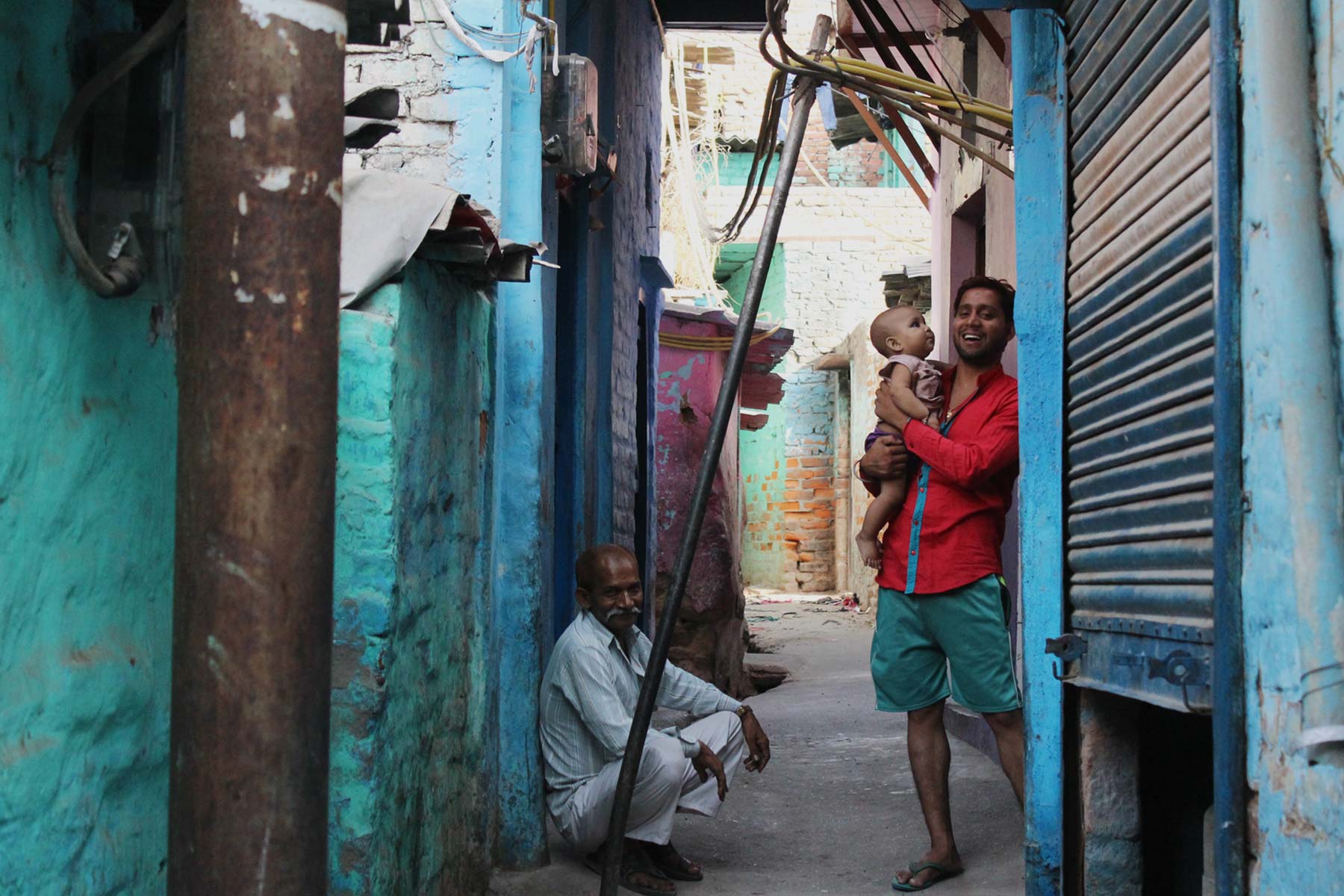

This claim suffers from the same paradox as slum tourism initiatives do. That is, if the goals of the initiative are fulfilled and the community begins to prosper economically, then there wouldn’t be a tourist attraction anymore.
Tourists that seek out homestay experiences are paying to see how people live without the luxuries they are accustomed to abroad. In Sri Lanka, this involves experiences like bathing from a well, and living with minimal technology. If these homes begin to get running water installments and Wifi, the experience would no longer be thought of as “authentic”, and people would stop visiting.
The villages would no longer be able to provide tourists with a romantic insight into village life if the infrastructure of the communities become more developed.
In the case of Sri Lanka, the development of these initiatives is still in its infancy. Therefore, scientific research monitoring its progress is relatively non-existent. Like mass tourism, the promise of community-based initiatives may seem enticing at first, but it could turn out have the opposite effect from what it set out to do in practice.
“Sri Lanka needs to move its approach to tourism to a knowledge-based platform by focusing on the scientific development aspect of tourism,” says Professor Aslam. “ All types of tourism we approach in this world can also have a negative impact, including community-based tourism. Therefore, in order for it to develop in a way that is actually beneficial, we need to invest in research that will track and monitor its progress.”

